What is Gas Spring? What are the Benefits?
Shaft: It is a cylindrical solid part. It is the element that transfers the gas pressure in the body to the mold as a thrust force. It is manufactured as a precision machined or coated surface. The reason for this is that even the smallest scratch on the shaft causes gas to escape from this point.
Sealing Elements: These are the elements that prevent the gas from escaping during the movement between the shaft and the body. If the working environment is very oily and dusty, they form a gap between the gaskets. This causes gas leakage.
Gas Valve: It is the part where the gas is pressed during the first production. It is also used to add gas in cases where the gas in the spring is discharged during operation. It is one of the parts that are most affected by the working conditions and cause the gas to be discharged.
In terms of usage advantages:
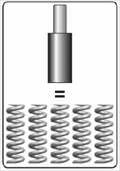 | There is a serious reduction in the used area, height and volume. |
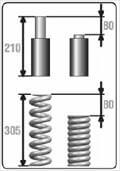 | Significant reduction in height is achieved for the same working length. It provides more compact formwork construction. |
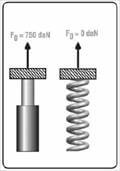 | There is no spring setting process. No pre-installation required. |
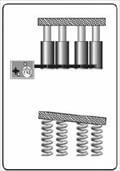 | Always the same force at each contact point. Force distribution is balanced and transmitted to the desired point. Pressure control system monitoring is possible. |
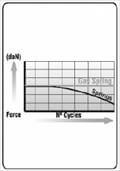 | It reduces the scrap rate by enabling controlled part production in forming and plastering operations. |
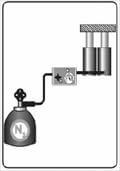 | It is ensured and guaranteed that the desired force and the actual force in the application are the same. The same gas spring can be reused in different applications. |
